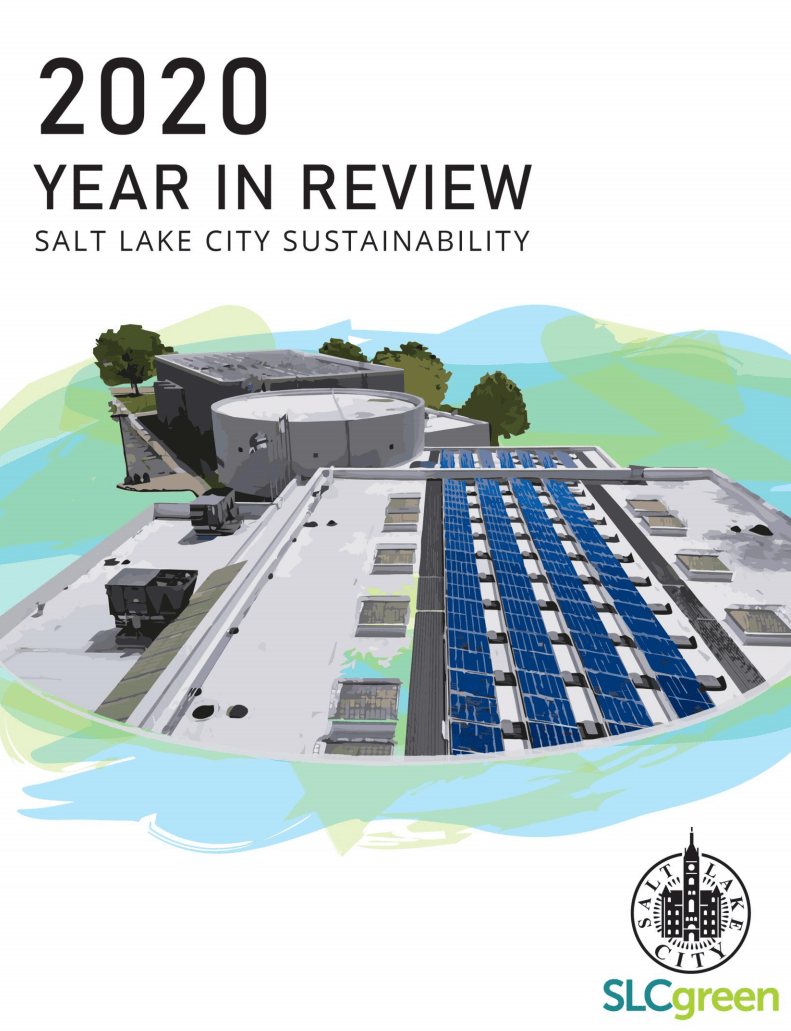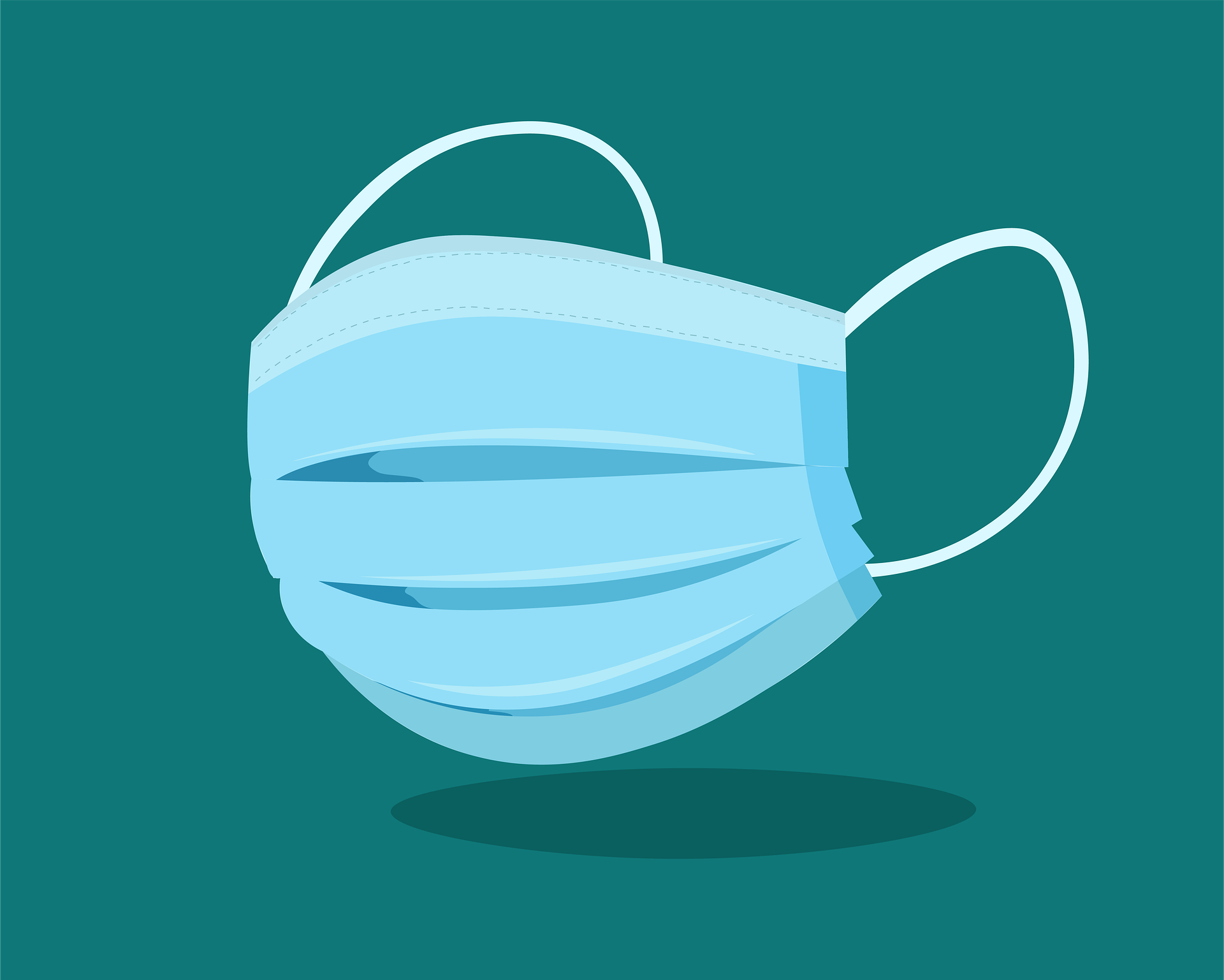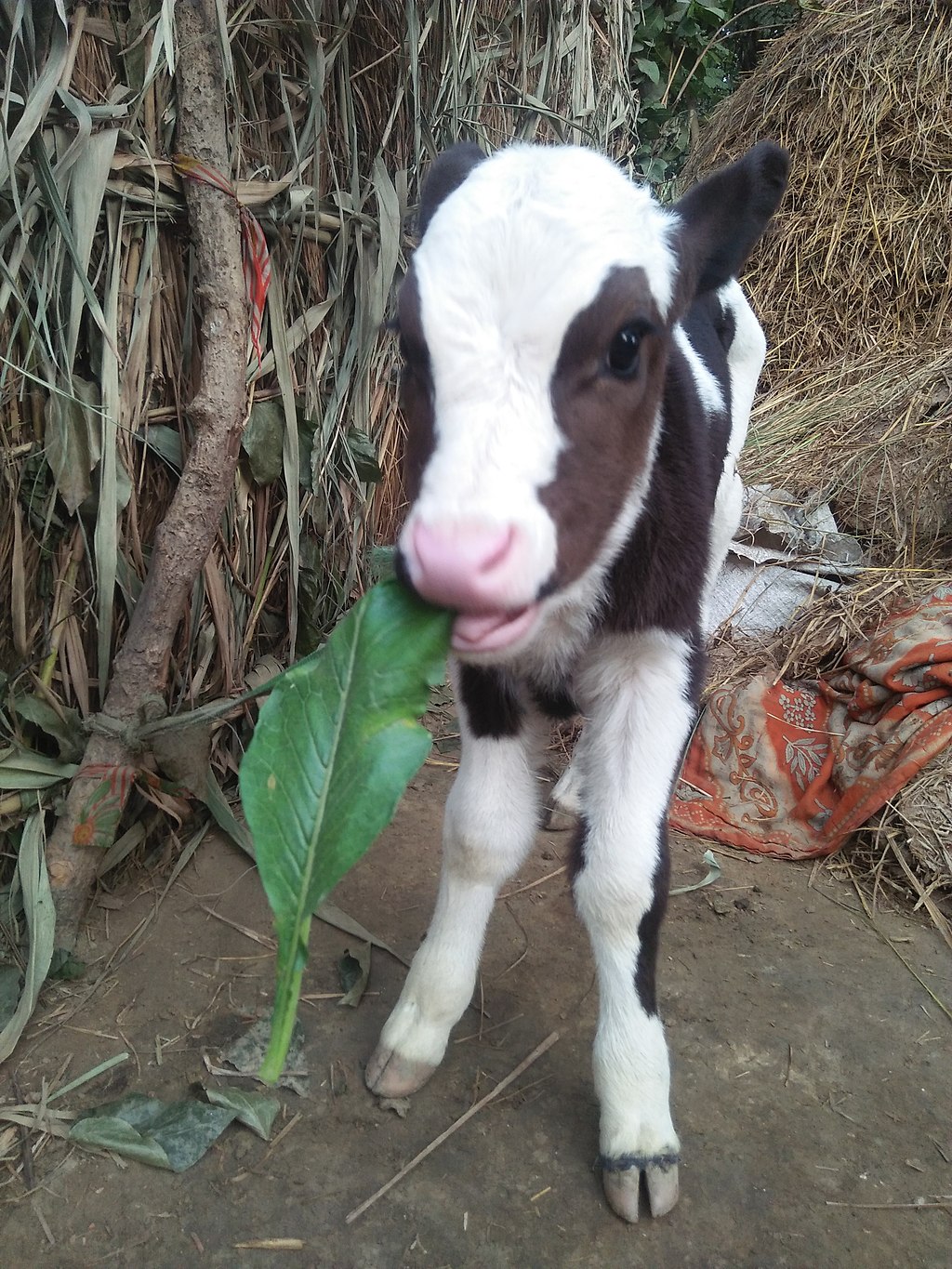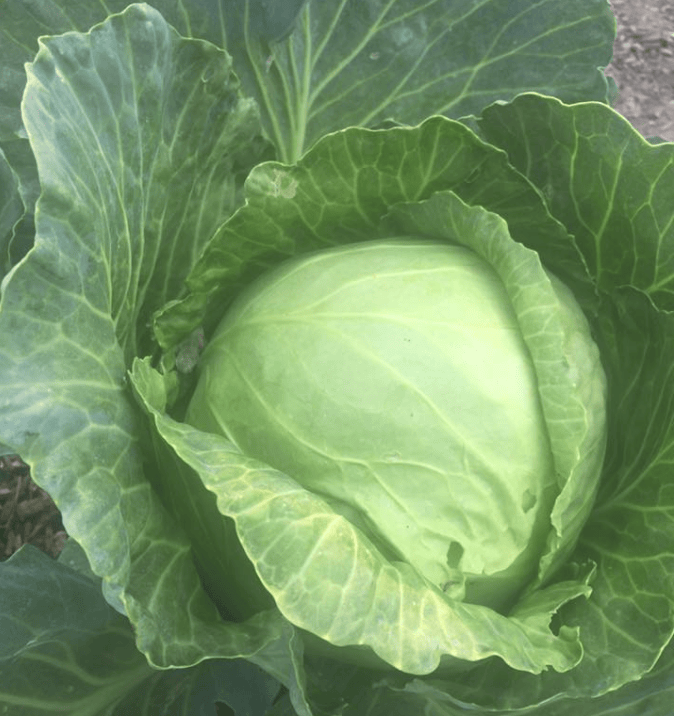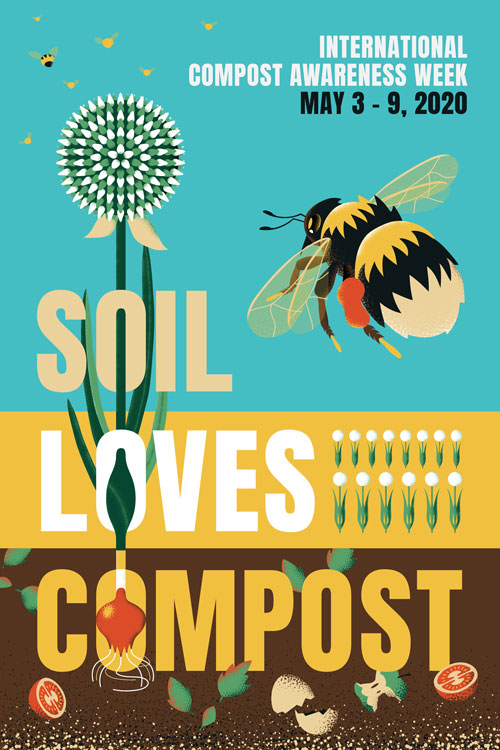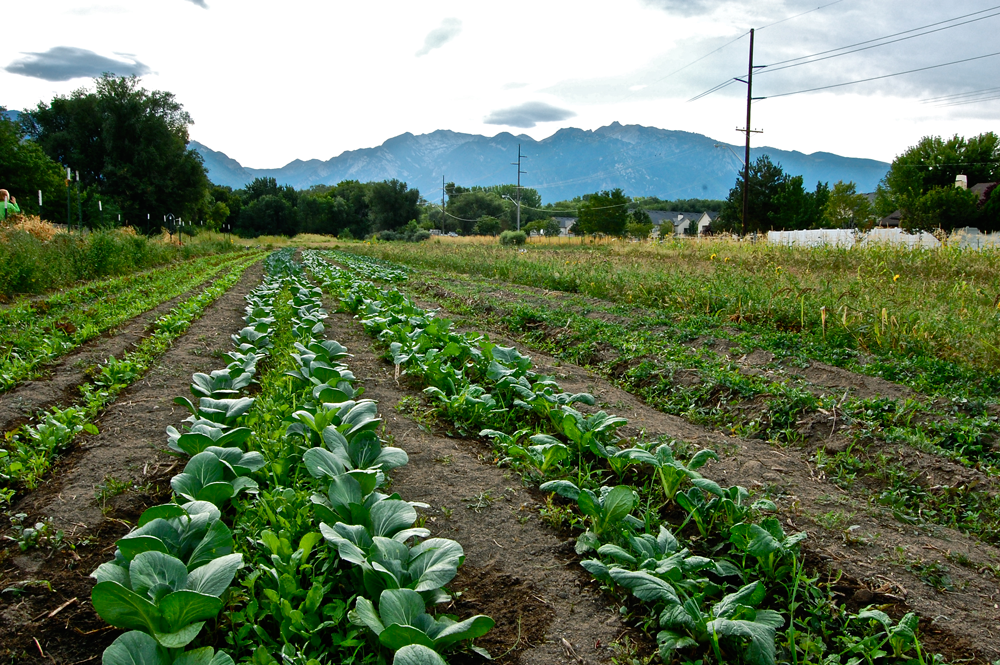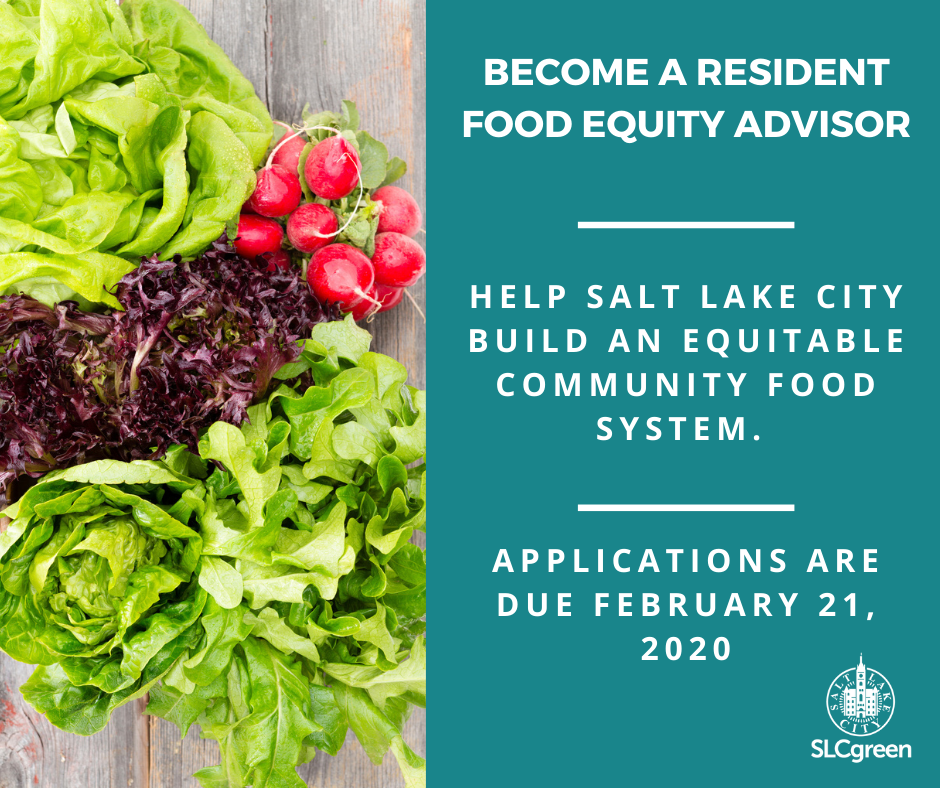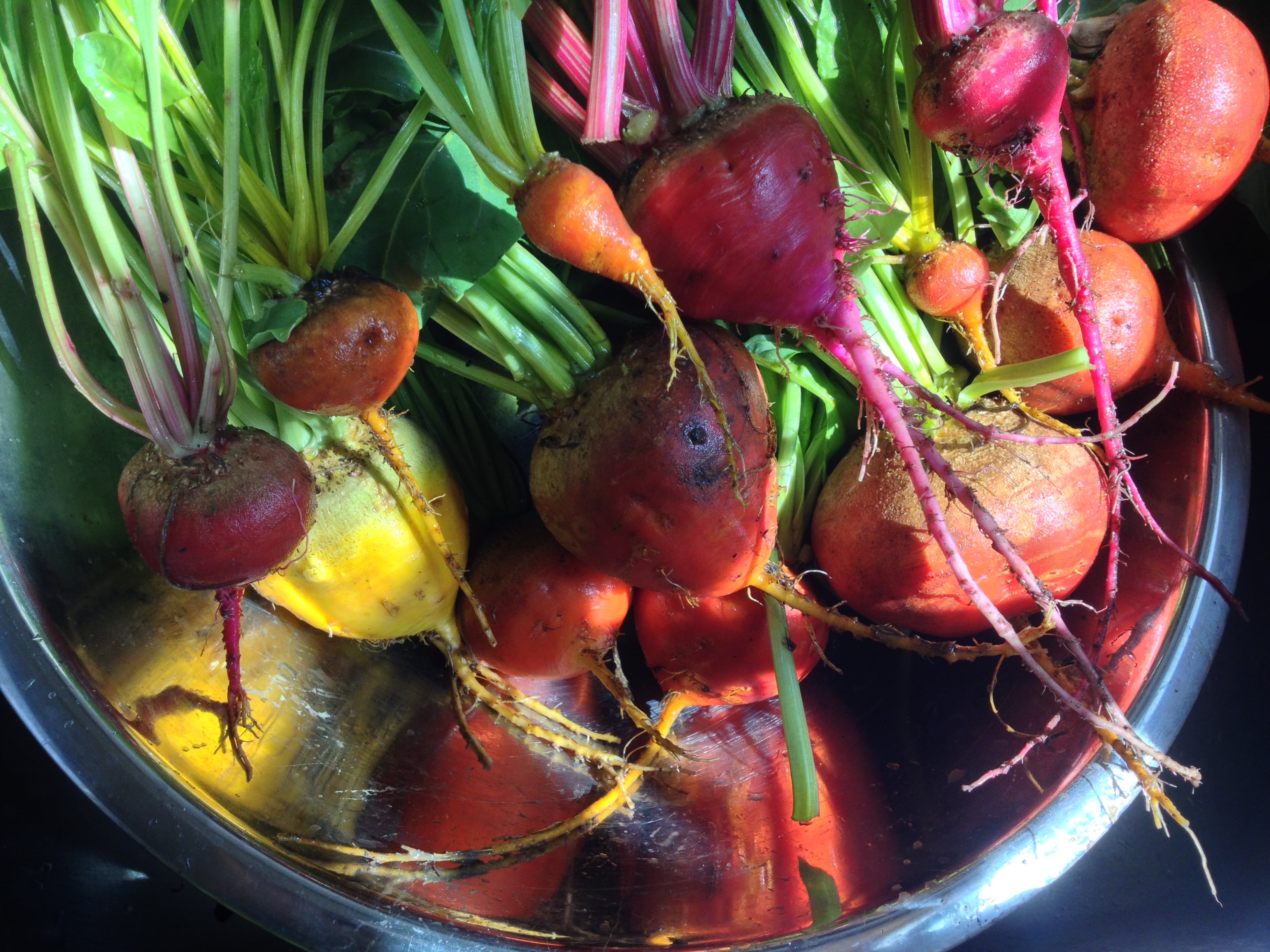Salt Lake City’s e2 Business Program is a free consulting and marketing program for Salt Lake City businesses run out of the Sustainability Department. The program is dedicated to helping Salt Lake’s business community run in a more environmentally and economically sustainable manner. We take pride in recognizing the achievements of our members! If you are interested in joining the program or browsing current members, please visit our e2 Business webpage.
.
Tracy Aviary, one of the nation’s only free-standing aviaries, will be marking its 83rd anniversary this year. Over the past decades, the iconic landmark in the heart of Liberty Park has become a leader in environmental education and conservation.
Tracy Aviary goes above and beyond their work with bird conservation, emphasizing local ecosystem conservation efforts through community science programs, as well as participating in critical global species conservation work. Moreover, Tracy Aviary has been taking steps towards reducing their own environmental impact.
A longtime member of the e2 Business Program, Tracy Aviary has marked several sustainability milestones such as the addition of 18kW of on-site solar energy, as well as a 67% recycling diversion rate. One recent achievement is in realizing their 2018 goal of reducing energy consumption by more than 10% in 2019 and 2020.
“Reducing our energy consumption and focusing on sustainable energy is one of the ways we can make the biggest impact when combating climate change. Slowing climate change not only helps native birds, who are highly sensitive to changes in their environment, but all the plants and animals we share our ecosystems with.”
Continue reading


